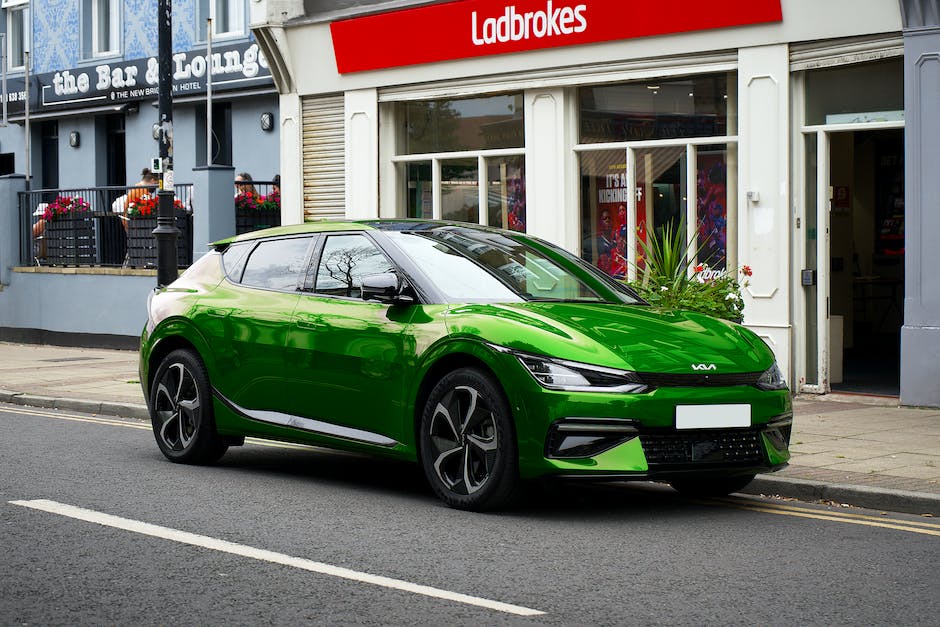The Evolution of Kia Motors has been a fascinating journey marked by a relentless pursuit of innovation and engineering excellence. From its humble beginnings as a small Korean automaker to becoming a global automotive powerhouse, Kia has continuously pushed the boundaries of technology and design. How did they achieve such remarkable growth and success? Let’s find out in detail in the article below.
The Evolution of Kia Motors: Embracing Innovation and Engineering Excellence
1. The Early Years: From Humble Beginnings to Global Aspirations
Kia Motors started its journey in 1944 as a manufacturer of bicycle parts. It wasn’t until 1952 that they produced their very first complete bicycle. However, it wasn’t until 1962 that Kia began producing automobiles, starting with a small three-wheeled truck. At this point, Kia was still a small and relatively unknown Korean automaker.
In the 1980s, Kia started expanding its operations by entering into collaborations with international automotive manufacturers. This enabled them to gain access to advanced technology and engineering expertise, laying the foundation for future growth. In 1986, Kia formed a strategic partnership with Ford, which resulted in the production of several successful models.
By the 1990s, Kia was aiming to become a global player in the automotive industry. This ambitious goal led to the establishment of a strong research and development department, with a focus on innovation and engineering excellence. They recognized the need to differentiate themselves from the competition and took bold steps towards achieving this.
2. Breakthroughs in Design and Technology
Kia’s commitment to innovation and engineering excellence became evident in their design and technology breakthroughs. One of their notable achievements was the development of the first generation of the Kia Sportage in 1993. This compact SUV showcased Kia’s ability to create a well-designed, reliable vehicle that appealed to a wide range of customers.
In the early 2000s, Kia underwent a significant transformation in terms of design. They adopted a bold and distinctive design language, known as the “Tiger Nose.” This design philosophy helped Kia vehicles stand out on the road and established a strong brand identity. The success of this new design language can be seen in models like the Kia Optima and Kia Soul.
In addition to design, Kia also put a strong focus on technology. They invested heavily in research and development, resulting in the integration of advanced features and cutting-edge technology in their vehicles. From safety systems to connectivity options, Kia cars began to offer a level of sophistication that rivaled their competitors.
3. Global Expansion and Brand Recognition
Kia’s relentless pursuit of innovation and engineering excellence paid off, and by the early 2000s, the company was experiencing rapid global expansion. They entered new markets around the world, including Europe and the United States, establishing a strong presence and gaining market share.
One of the key factors behind Kia’s global success was their commitment to quality. They introduced rigorous quality control measures and focused on delivering reliable and well-built vehicles. This dedication to quality helped transform the perception of the Kia brand, and they started to be recognized as a serious player in the automotive industry.
Furthermore, Kia understood the importance of customer satisfaction and implemented various customer-centric initiatives. They offered industry-leading warranty programs and started receiving accolades for their exceptional customer service. These efforts helped build trust and loyalty among customers, further enhancing the reputation of the brand.
4. Towards a Sustainable Future: Embracing Electric and Autonomous Technology
Kia continues to evolve and adapt to the changing automotive landscape. They have embraced the shift towards electric and autonomous technology, positioning themselves as a key player in these emerging markets.
In 2014, Kia introduced its first fully electric vehicle, the Kia Soul EV. This marked the beginning of Kia’s foray into electric mobility, and they have since expanded their electric vehicle lineup, including models like the Kia Niro EV and Kia EV6. Kia is committed to developing sustainable transportation solutions and reducing the carbon footprint of their vehicles.
Additionally, Kia has been investing heavily in autonomous driving technology. They have partnered with various tech companies and acquired stakes in autonomous vehicle startups. This strategic move positions Kia at the forefront of the autonomous driving revolution, ensuring they remain relevant in the future of mobility.
Overall, Kia’s evolution as a global automaker is a testament to their commitment to innovation and engineering excellence. By continuously pushing the boundaries of technology and design, Kia has established itself as a formidable player in the industry. Their embrace of electric and autonomous technology further solidifies their position as a leader in the future of mobility.
Additional Information
1. Kia Motors started as a manufacturer of bicycle parts in 1944 and didn’t produce their first complete bicycle until 1952. It wasn’t until 1962 that they began producing automobiles.
2. Kia’s collaborations with international automotive manufacturers in the 1980s allowed them to gain access to advanced technology and engineering expertise.
3. The development of the first generation Kia Sportage in 1993 showcased Kia’s ability to create a well-designed, reliable vehicle.
4. Kia adopted a bold and distinctive design language known as the “Tiger Nose” in the early 2000s, establishing a strong brand identity.
5. Kia’s commitment to quality and customer satisfaction helped build trust and loyalty among customers and enhance the brand’s reputation.
